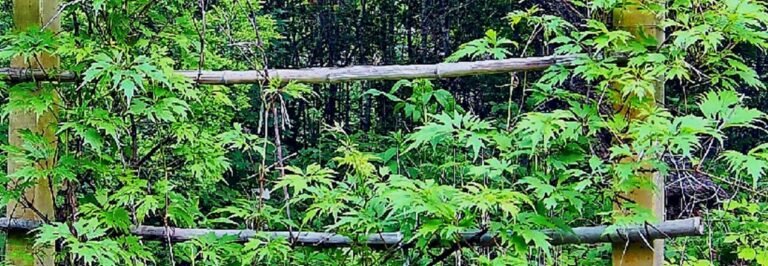A Hikvision solar-powered camera automatically takes a snapshot at regular intervals, aside from video recording
Hikvision helped scientists at a National Nature Reserve to better understand the growth of a rare grape variety, assisting in the study of this species, and facilitating their protection and cultivation work.
In 1984, the first wild Baihuashan grapevine was found in the west of Beijing, China. This remained the only individual grapevine of its species found in the wild until 2016. Up to now, only these two specimens have been found in the wild, making this kind of grape more endangered than the giant panda. In 2020, Vitis baihuashanensis was added to the List of National Key Protected Wild Plants in China, under first-level protection. The list was announced in 2021 with Vitis baihuashanensis included.
To breed the population of this grape variety, Beijing Songshan National Nature Reserve collaborated with Beijing Forestry University on seed breeding in 2019 in order to artificially cultivate ‘second-generation seedlings’. The seedling project has proven to be a success and now those grapevines are growing in good health.
Hikvision joined the protection project concerning the Baihuashan grape in 2021, and since then it has leveraged its video expertise to help monitor the growth of the ‘second-generation seedlings’. A Hikvision solar-powered camera automatically takes a snapshot at regular intervals, aside from video recording. It is important for caretakers to know the status of the seedlings in the different stages of their lives. These images and video footage help staff at the reserve better understand the growth of the grapes, assisting in the study of this species, and facilitating their protection and cultivation work.
In addition to the Baihuashan grape, Hikvision has also applied its technology to help monitor Lonicera oblata 24/7 in Songshan National Nature Reserve. Lonicera oblata is a kind of deciduous shrub and have been in danger mostly due to its weak population regeneration ability under natural conditions.
In response to the increasing awareness of protecting biodiversity, engineers in Hikvision have developed a number of technologies and solutions excelling at plant monitoring, specific plant phenological identification, and life cycle observation with time-lapse video. These technologies play an effective role in supporting the study, protection, and artificial cultivation of rare plants. In addition to that, researchers are able to see and compare the changes between different growth stages of rare plants effectively, follow their phenological changes, and raise a flag when the change is material.
Hikvision is committed to a harmonious and sustainable ecological environment with advanced technologies and innovative solutions. Joining hands with professional organisations and experts globally, it will continue to make a concerted effort to safeguard the biodiversity of the planet.

